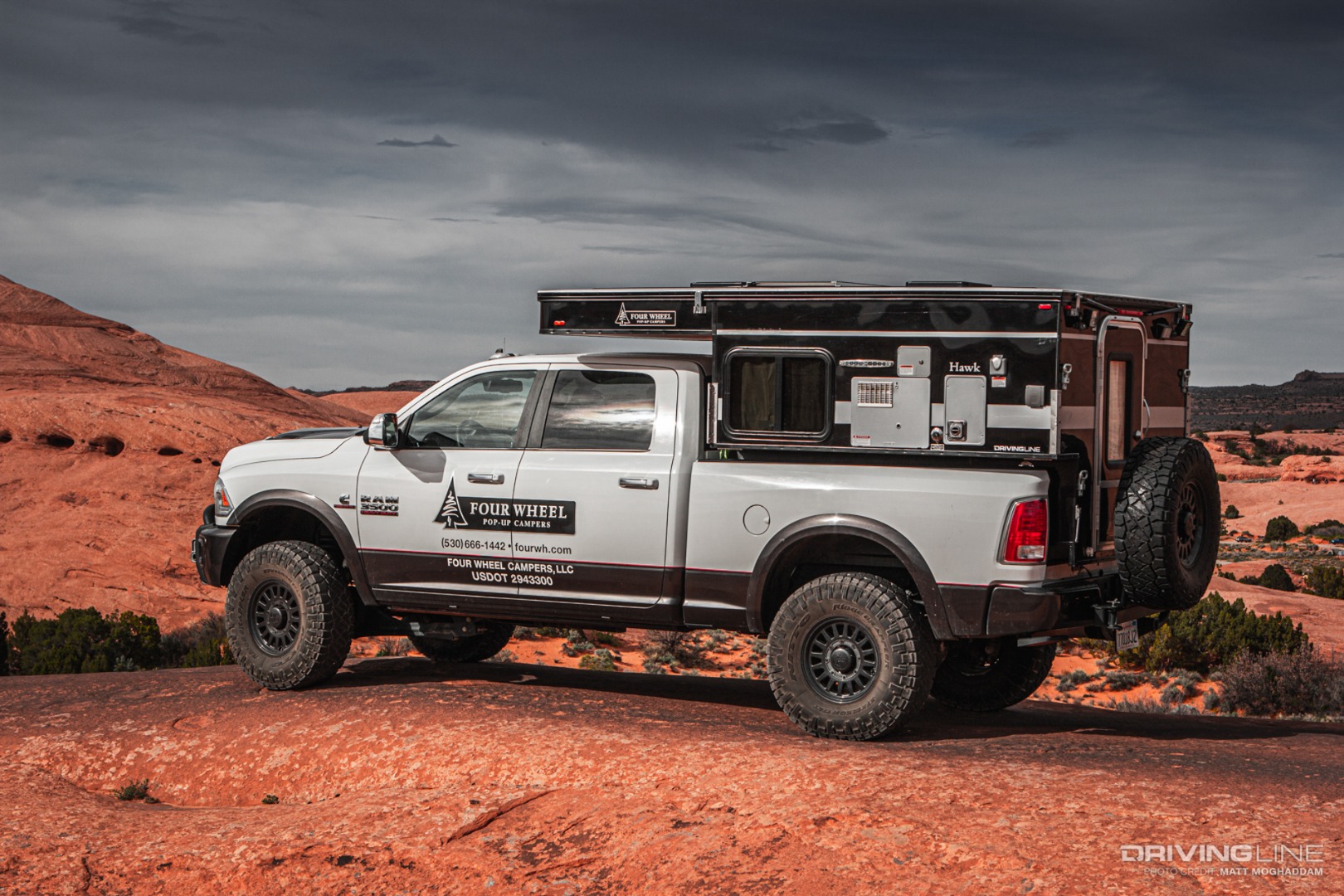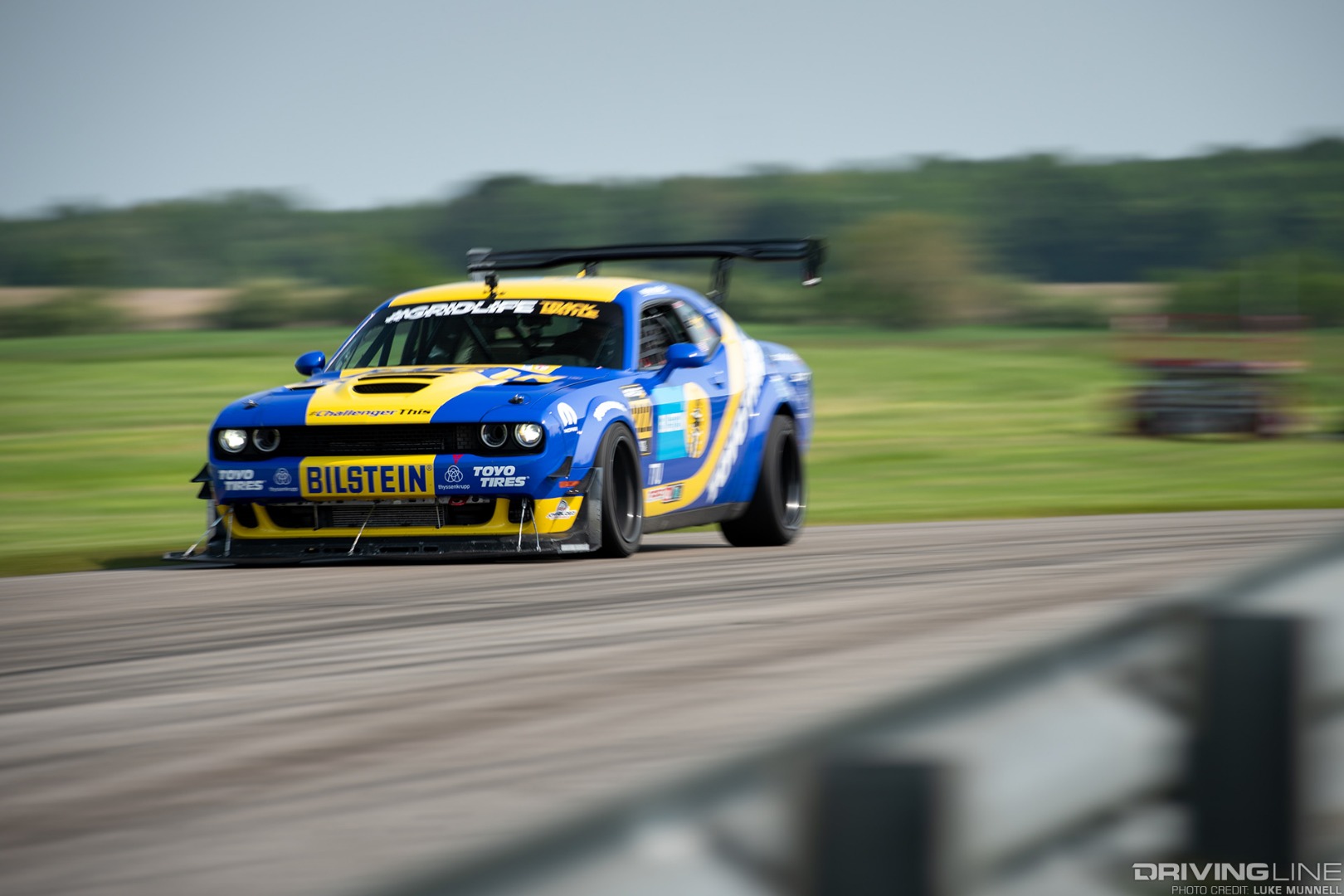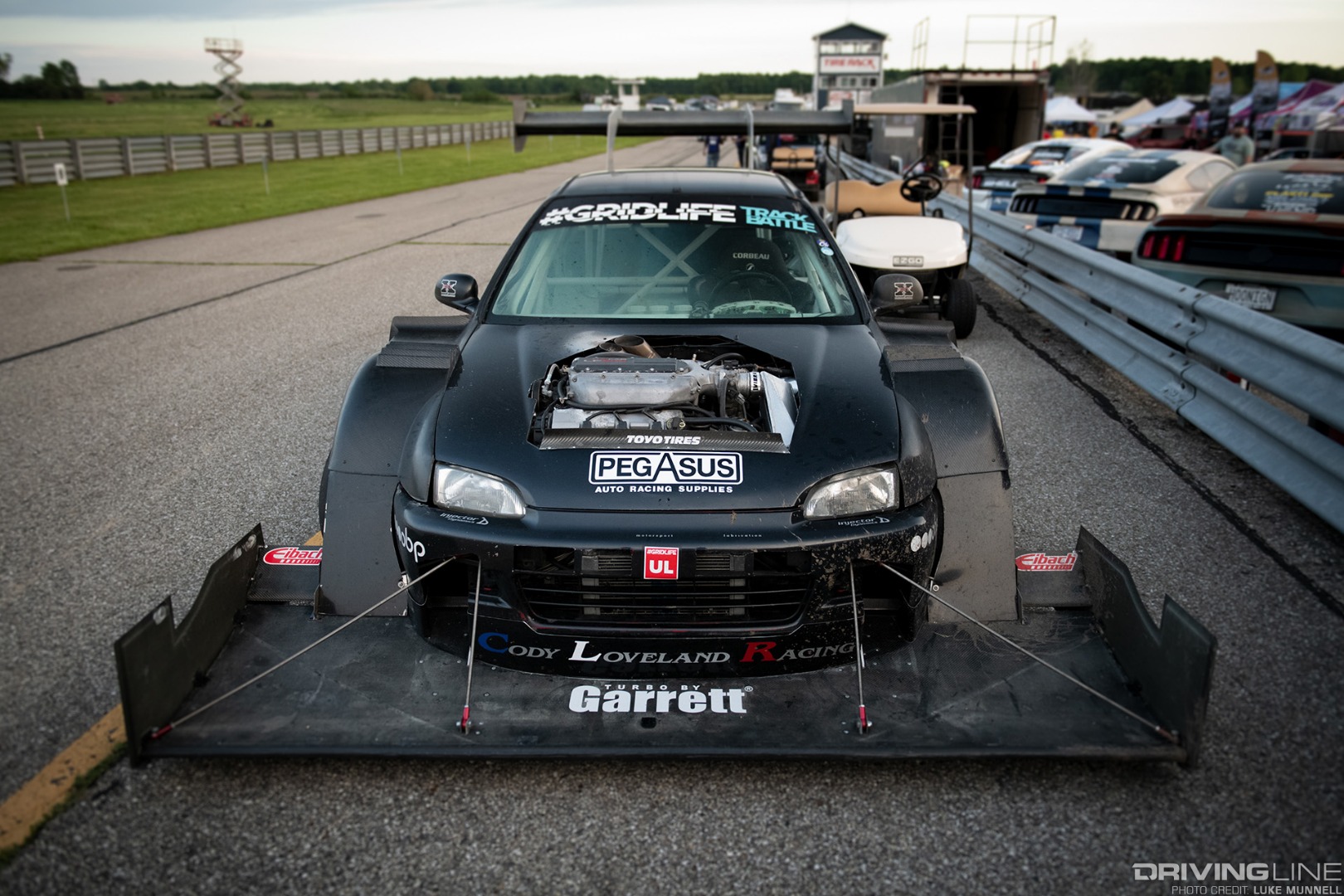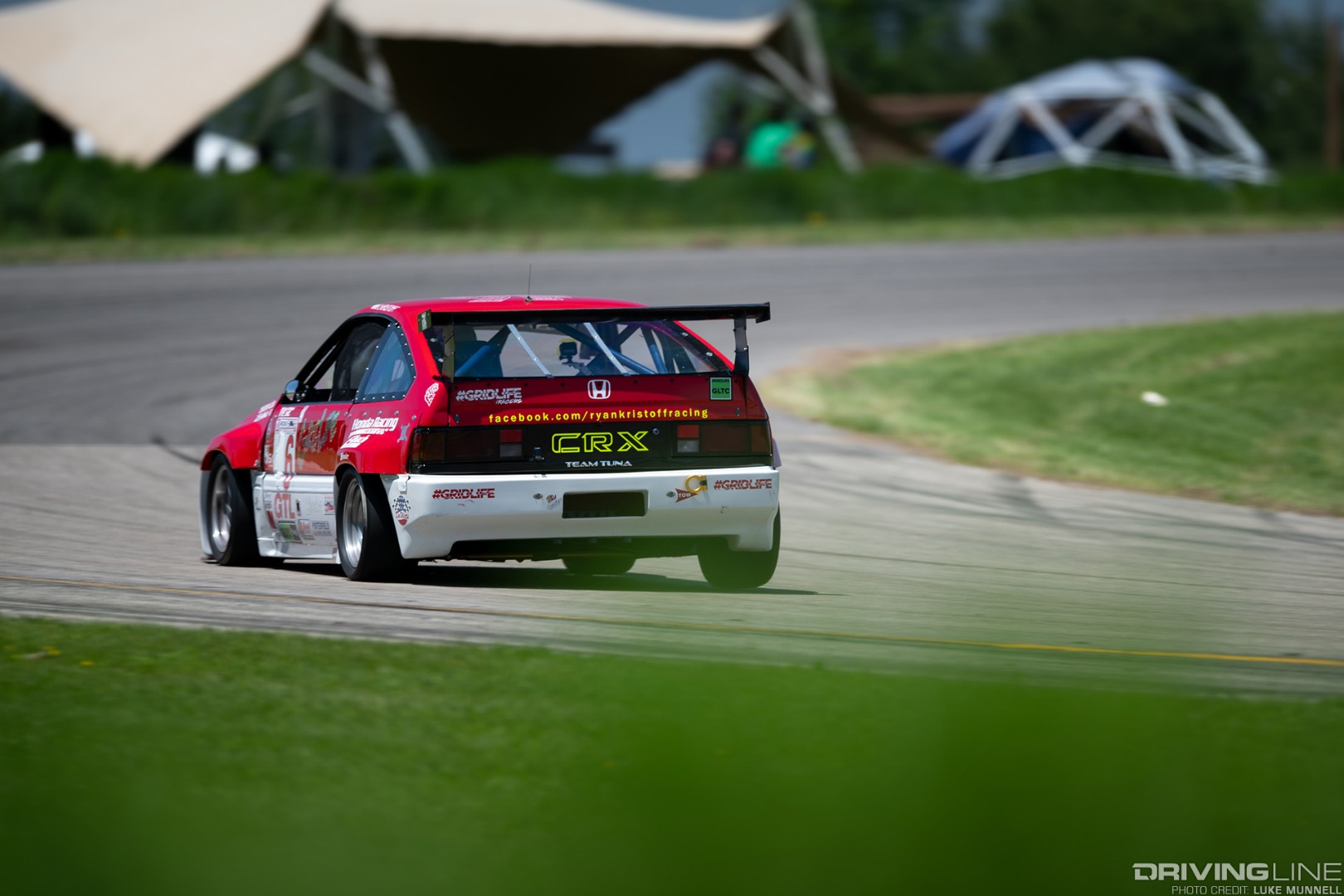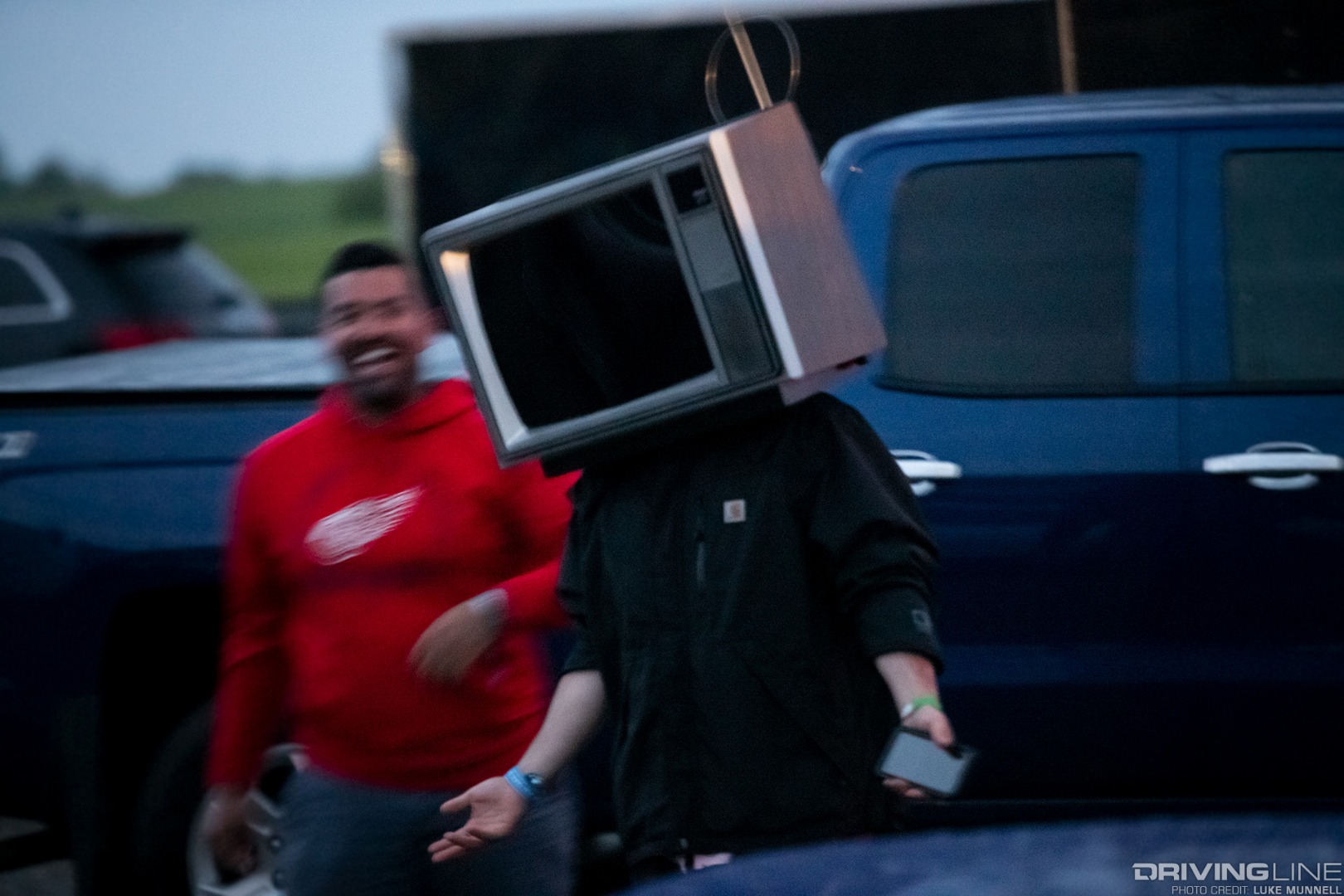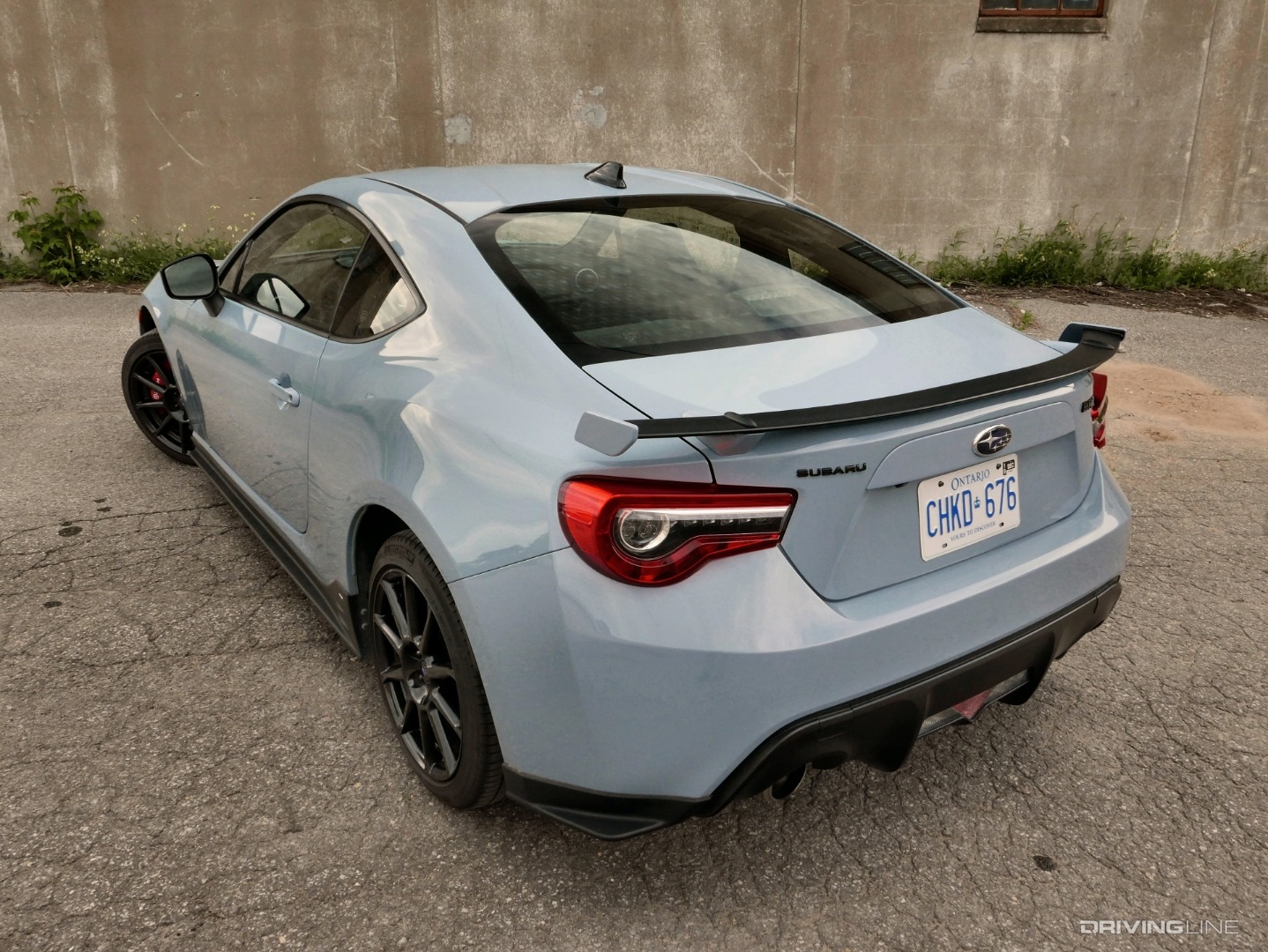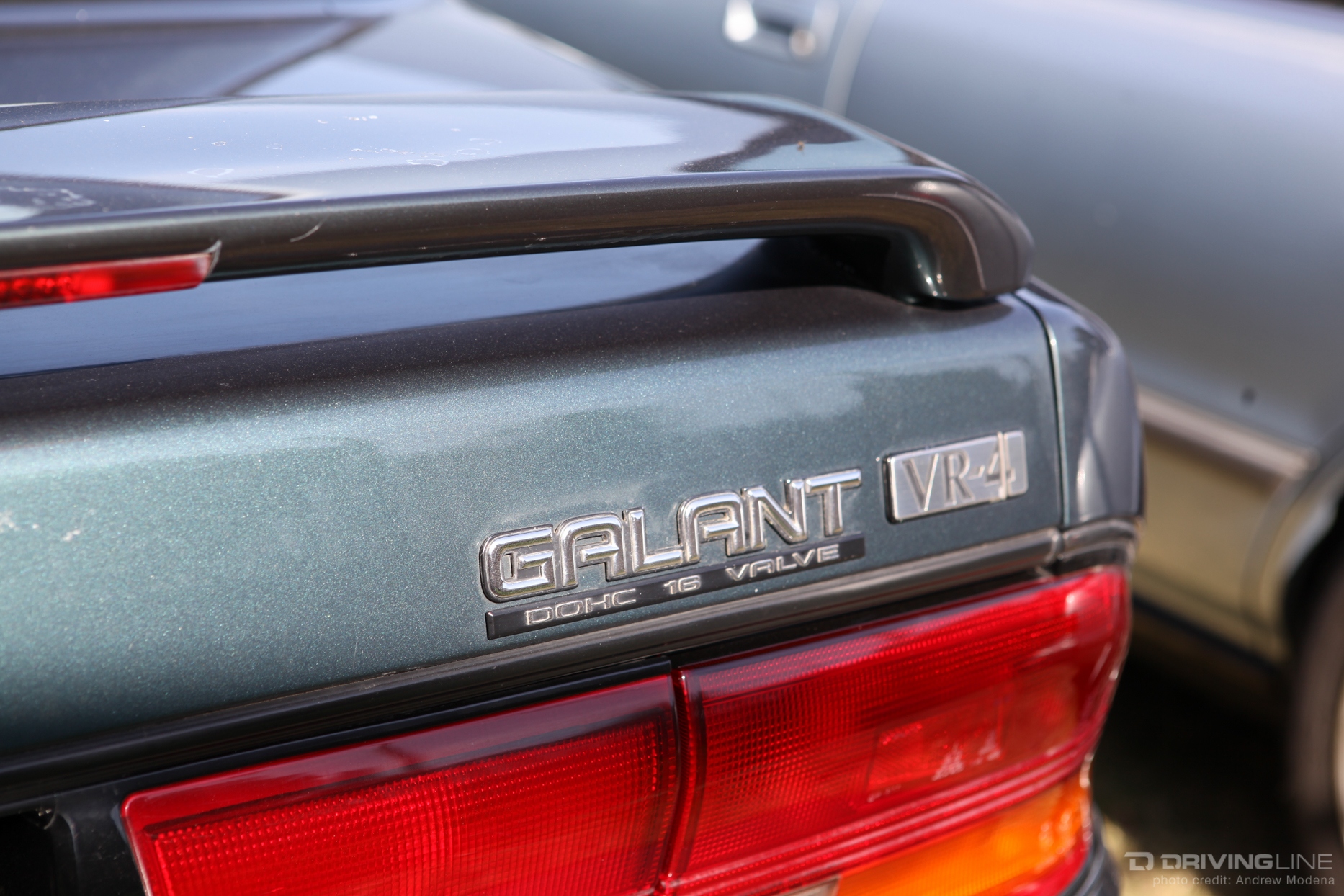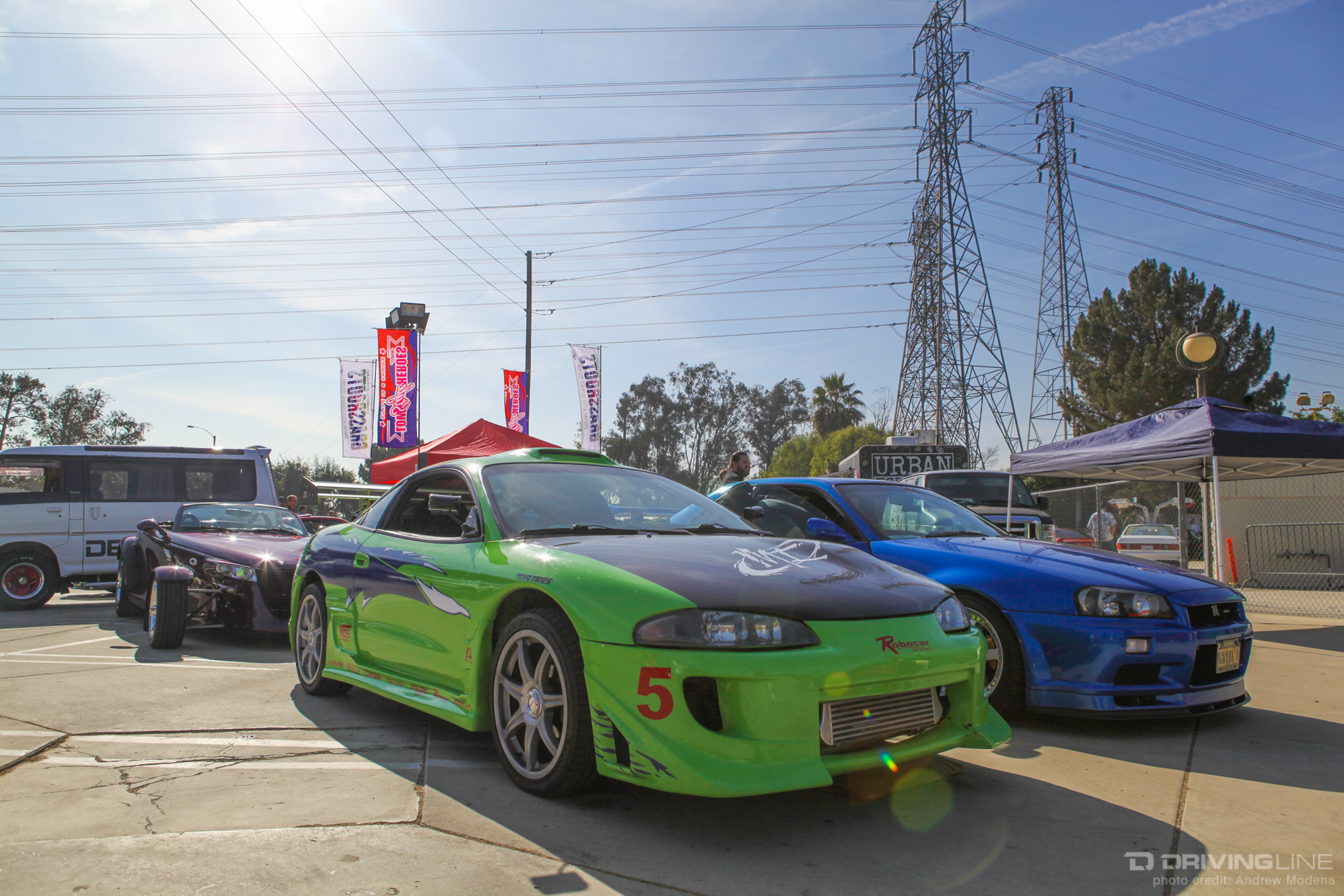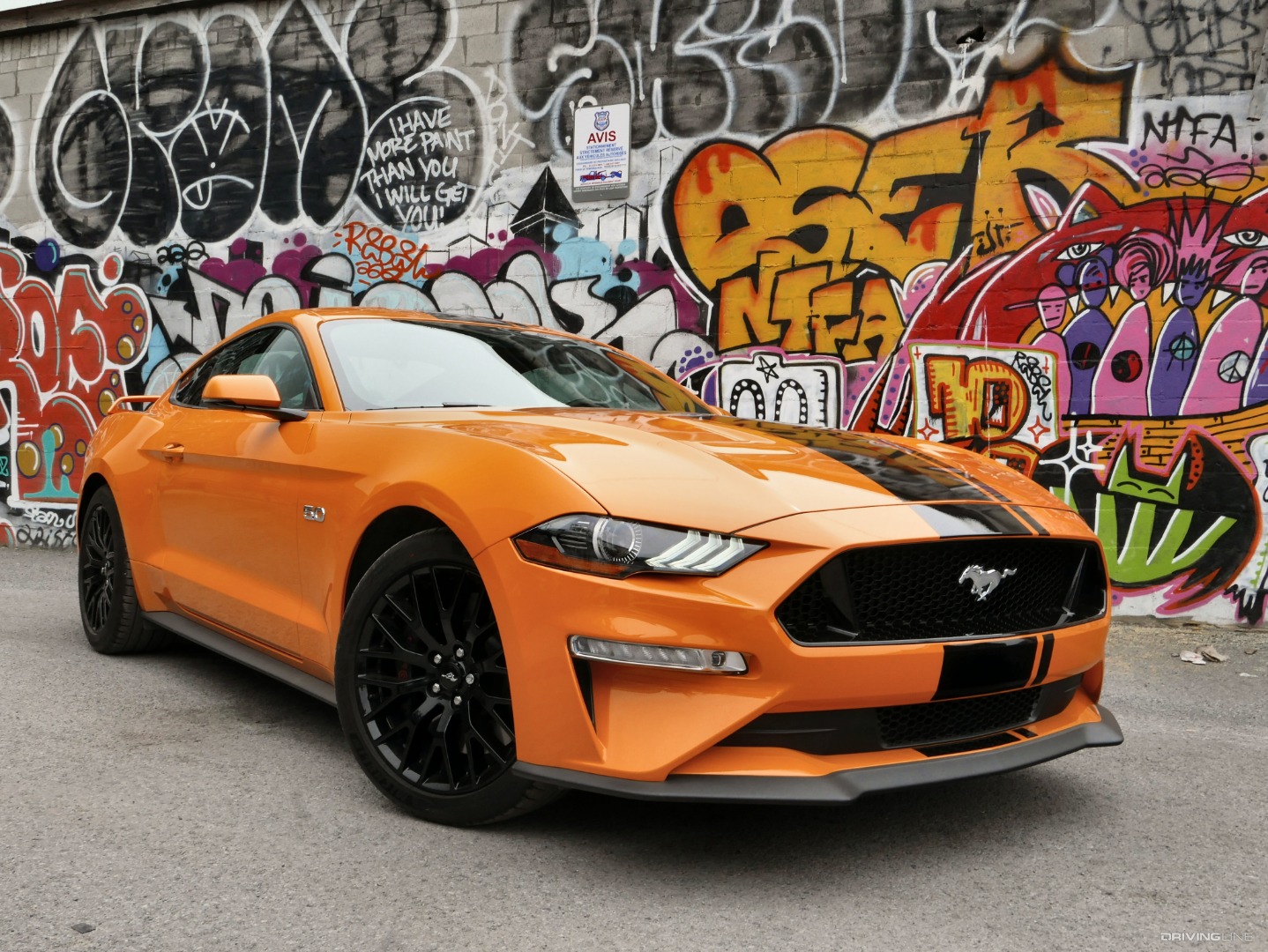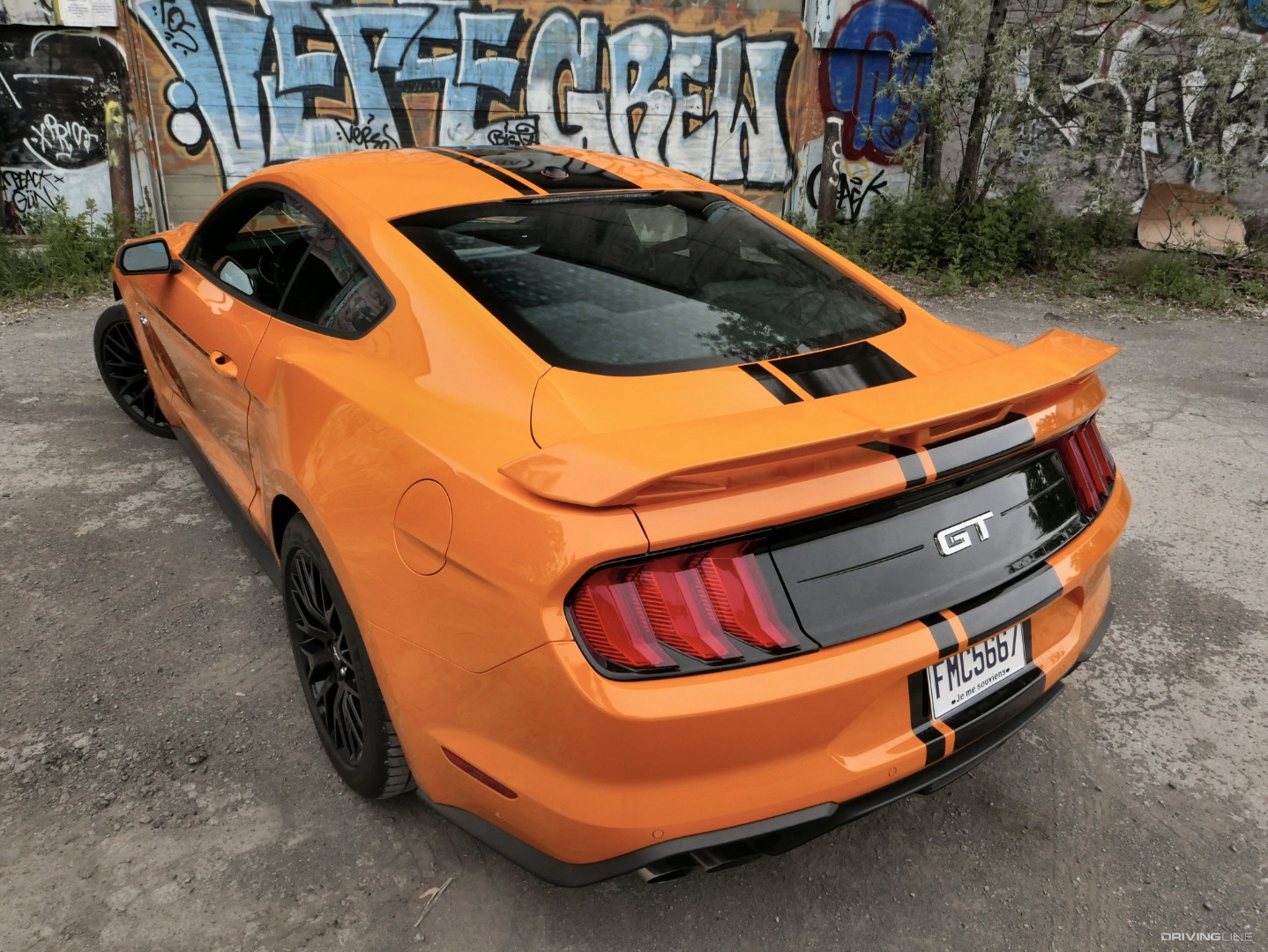With fines for tampering with emissions equipment on diesel trucks becoming more common, demand for emissions-friendly performance parts has risen sharply in recent years. DPF-back exhaust systems that leave the diesel particulate filter undisturbed, high-flow DPFs and CARB-compliant tuning have all been brought to market. Thanks to the latter, enthusiasts are learning that an extra 150hp can be unlocked from each of the Big Three’s diesel workhorses with the emissions systems still intact—and with very few (if any) negative side effects. However, if you want to wring every last drop of horsepower out of what a modern day common-rail fuel system is capable of producing, you’re going to need more airflow (i.e. a larger turbo).
To keep power hungry late-model Ford owners street-legal, Fleece Performance Engineering came up with a drop-in turbo option that adds as much as 50hp to 6.7L Power Strokes that’ve already been tuned. Called the 63mm FMW Cheetah, it’s a direct, bolt-in replacement turbo for the factory unit. The air intake, EGR and CCV systems, and even the downpipe, remain completely stock. This is because the Cheetah is based on the Garrett GT37—the turbocharger that came on ’15-present Fords from the factory. By retaining the GT37’s variable geometry technology, no drivability or bottom end torque is lost down low, and thanks to the Cheetah’s larger compressor and turbine wheel you can knock on the door of 600rwhp up top.
For the lowdown on one of the diesel industry’s hottest products—and how easily you can install one on your Super Duty—keep reading.
The Cheetah

Known for its Cheetah line of turbochargers, which improve upon the factory Garrett or Holset units found on Cummins, Duramax and Power Stroke mills, Fleece Performance Engineering’s 63mm FMW version for the 6.7L Power Stroke is designed for the daily driver, the heavy-hauler and the racer. By sticking with the factory VGT platform, throttle response isn’t sacrificed in order to gain more top-end power and a simple turbo swap is all that’s required for installation.
63mm FMW Compressor

The 63mm FMW Cheetah gets its name from the 63mm (inducer) forged milled wheel compressor it uses (vs. the factory 61mm on ’15-’19 trucks). The proprietary, seven-blade compressor design moves enough air to support as much as 650rwhp. Its ideal operating range is between 40 and 45 psi of boost. As a bonus, the 63mm inducer makes the Cheetah legal in Work Stock type truck pull classes, where 2.5-inch (63.5mm) inducer or stock-appearing rules are commonly observed.
100-Percent Bolt-In

Thanks to making use of the factory GT37 Garrett’s exhaust housing, the Cheetah bolts right up to the factory turbo up-pipes that feed the engine’s exhaust gases into the inducer side of the turbine wheel. Additionally, the factory “Cobra head” downpipe still bolts directly up to the exhaust housing, which eliminates the need to run an aftermarket downpipe or exhaust system.
Turbine Wheel Upgrade

Because the factory turbine wheel runs out of efficiency around the 600-620rwhp mark—and due to the fact that the folks at Fleece wanted the Cheetah to support mild fueling upgrades—the turbine wheel was also upsized. In place of the 62mm (exducer) 13-blade stock turbine, the Cheetah utilizes a 66mm wheel with a 10-blade design. In addition to the extra 40-50hp it frees up, the Cheetah’s combination of a larger compressor and turbine wheel also results in cooler EGT for the end-user—a very good selling point for Super Duty owners that tow.
360-Degree Thrust Bearing

With the GT37 turbo’s factory turbine shaft being retained yet having a larger and presumably heavier compressor wheel hanging off of it, Fleece outfits its Cheetah with a 360-degree thrust bearing assembly. Located within the center cartridge, a 360-degree thrust bearing allows the layer of oil that the turbine shaft rides on to completely encircle the shaft, rather than 75 percent of it like the factory 270-degree bearing does.
Swapping Pedestals

Once the factory GT37 charger has been pulled, the turbo pedestal has to be removed and swapped over to the Cheetah. This presents an opportune time to clean up the cast-iron piece and hit it with a fresh coat of paint. If you’re installing the Cheetah on a ’17 or newer 6.7L Power Stroke, make sure that you reinstall the small oil filter that sits in both the turbo’s center cartridge and pedestal.
Tight Quarters

Although it’s no quick task to gain access to the turbocharger on a 6.7L Power Stroke, once you get there the Cheetah installs seamlessly. With its close proximity to the cowl limiting maneuverability, every technician has his or her own way of finagling a 6.7L turbo into place. Some mechanics prefer to install the turbo and pedestal together as one complete assembly, while others prefer to bolt the pedestal to the block first, followed by setting the turbo.
No Need to Buy a New Downpipe

Because Fleece does nothing to alter the exhaust housing outlet flange, the factory downpipe integrates perfectly and reuses the OEM V-band clamp. Just be careful not to damage the factory downpipe clamp during its removal, and don’t be afraid to ask for a spare set of hands when you reinstall the factory downpipe. Space behind the turbo is very limited, especially between the engine and firewall, so a pair of hands up top as well as down below will ensure the reinstallation goes smoothly—and that no downpipe rubbage occurs anywhere afterward.
Factory Up-Pipes

As with the downpipe (and as previously mentioned), the factory turbo up-pipes are reused. Here, the passenger side up-pipe has been reinstalled. While some technicians opt to pull both the passenger and driver side up-pipes during a turbo swap, the driver side unit can be left in place, albeit loosened. No matter what, the passenger side up-pipe requires removal. It’s also good practice to start with fresh up-pipe nuts (and especially gaskets) any time the up-pipes are broken free from the exhaust manifolds.
A Total Sleeper Mod

With everything reinstalled on the top of the 6.7L Power Stroke engine (namely the upper intake manifold), it’s impossible to tell that the Cheetah has even been added. As you can see in the image above, the factory air intake and EGR system haven’t been altered in any way, or removed. The only thing that really changes is the custom PCM calibration that’s required to glean the most performance out of the larger turbo.
40-50HP Gains

On the chassis dyno, a bone-stock, 6.7L-powered ’15 or newer Super Duty will put down roughly 390hp at the wheels, along with approximately 850 lb-ft of torque. Add aftermarket tuning and things jump up to 540hp and somewhere in the neighborhood of 1,100 lb-ft. During Fleece’s in-house testing, its ’18 F-350 dually laid down 384hp stock, 538hp tuned and 579hp with the 63mm Cheetah in the mix (and we’ll note that a 50hp gain was realized on the company’s single rear wheel truck). Add a stroker CP4.2 or a second high-pressure fuel pump to the mix and you’re well over 600rwhp with this turbo.
1,200+ LB-FT

Thanks to optimized tuning, the 6.7L Power Stroke’s torque curve is widened up with the Cheetah onboard. Peak twist checked in at 1,220 lb-ft on this F-350 test mule—enough to hardly notice when a tandem axle livestock trailer is attached.
















